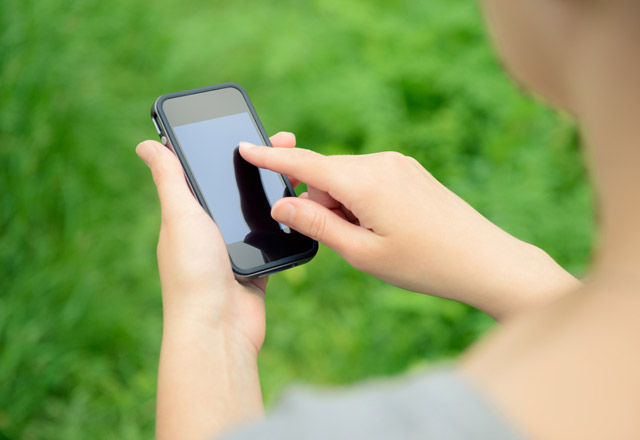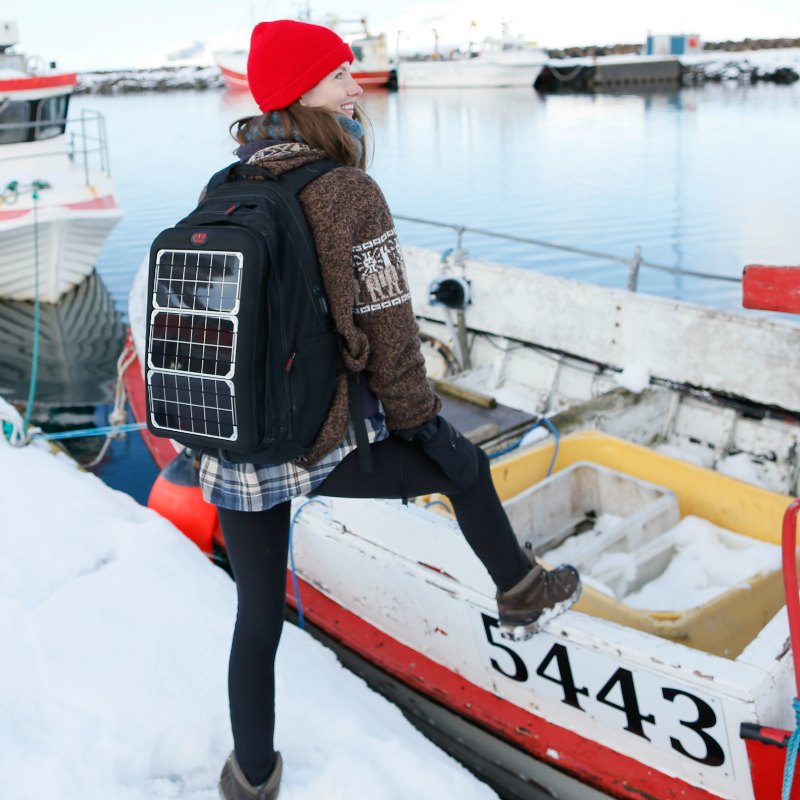Charge your phone in camping conditions with the help of the sun

Nowadays smartphones combine not only a telephone and a message sending center, but also a compass, a photo and video camera, an entertainment complex, a social network and ... a flashlight. A person is used to using it every day (well, except, perhaps, a flashlight and a compass) and does not want to lose the functions of a smartphone, even while hiking. However, what about the fact that this device needs to be charged every day? Where to get electricity? There is no outlet in the forest or field. Alternative energy comes to the rescue. And the simplest and most elegant solution is a solar charger. However, how to choose the right “charging”, so that the energy received during the day is enough for an electronic friend, and not to carry extra kilos with you? Let's try to figure it out, answer for yourself a few questions.
1. How much energy is needed?
To do this, we turn to the manufacturer of the smartphone (read "go to the Internet") for the characteristics of the battery. Let's say we have an iPhone 4S. Knowing the capacity of the battery (1420 mAh) and its voltage (3.7 V), we can easily recognize the amount of energy required for operation: 5.25W-hour. In this case, the charge is used "idle" about 20% of the transmitted energy. So, to fully charge the gadget, we need 6.3 watts clean.
')

2. How to charge the smartphone - directly or via powerbank?
Charging directly from the solar battery is possible, but not always convenient. It is necessary that the phone is permanently connected to the panel, and this causes a certain discomfort in the form of wires (which must also be monitored). A simpler way is to charge an external battery, which lies in a convenient place in a backpack (alternatively, a battery case) with the subsequent transfer of energy to the smartphone. Perhaps on a halt. Perhaps at night.
However, powerbank also has its efficiency and in order to fully charge the smartphone battery through it, it will be necessary to add about 50% of the initial required power. Total, we get the required 7.8W.
And nevertheless, our choice is to charge the power bank, as the most convenient, not holding down tourist movements.

3. Which solar panel is needed?
Find a solar panel with an output voltage of 5V for charging a smartphone or external battery is not a problem now. For full and proper charging, you must correctly select (calculate) power.
Example. The solar panel with an output voltage of 5V and a current of 360mA (power 1.8W) has dimensions of 20x20cm (the area of solar cells is 0.036 square meters). In the middle of Russia, about 3.78 kW of solar radiation comes to 1 square meter per day in summer (assuming the panel is at an angle of 70-80 degrees relative to the perpendicular to the ground, imitating wearing on a backpack or in a fixed position on a halt). With an average cell efficiency of 12%, our panel will be able to generate about ... 16 watt-hours of electricity per day. PER DAY. In order to charge our battery for three to four hours of finding a solar panel in the sun, we would need at least two such panels.

Conclusion
It is better not to be stingy and buy solar charging (solar panel and external battery) with a capacity of 10-20W. The battery is better to have a “detachable”, not physically attached to the solar panel. This is necessary in order to be able to store it separately, since when the power bank is heated, its characteristics deteriorate and it can explode from excessive overheating.
Nice hikes and nice photos!
UPD: Colleagues, thank you for the comments that make the publication more slender, clear and useful. I will try to promptly respond or correct information in which inaccuracies are found.
Source: https://habr.com/ru/post/374937/
All Articles